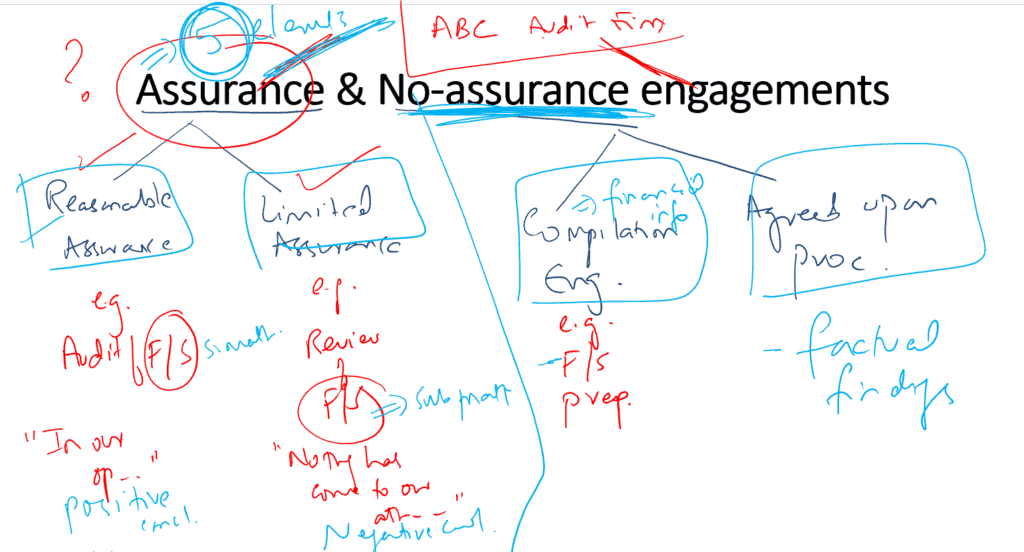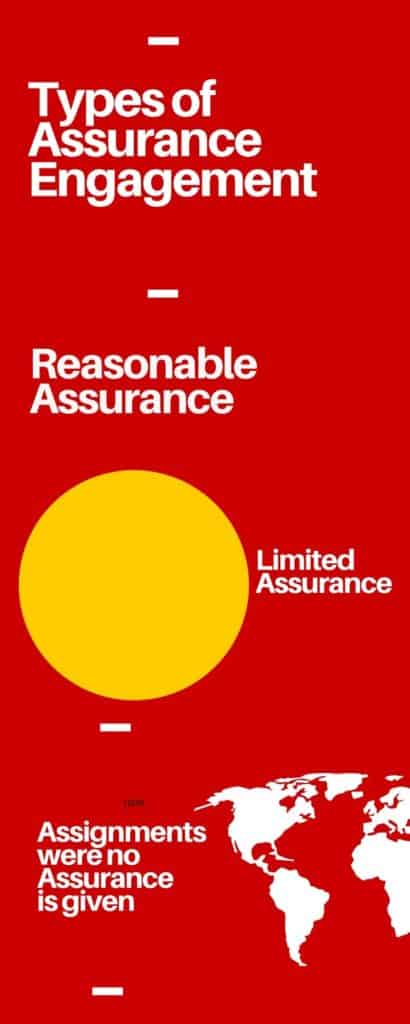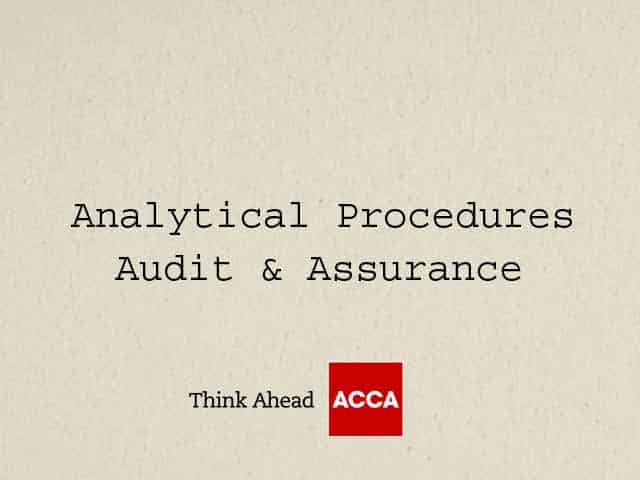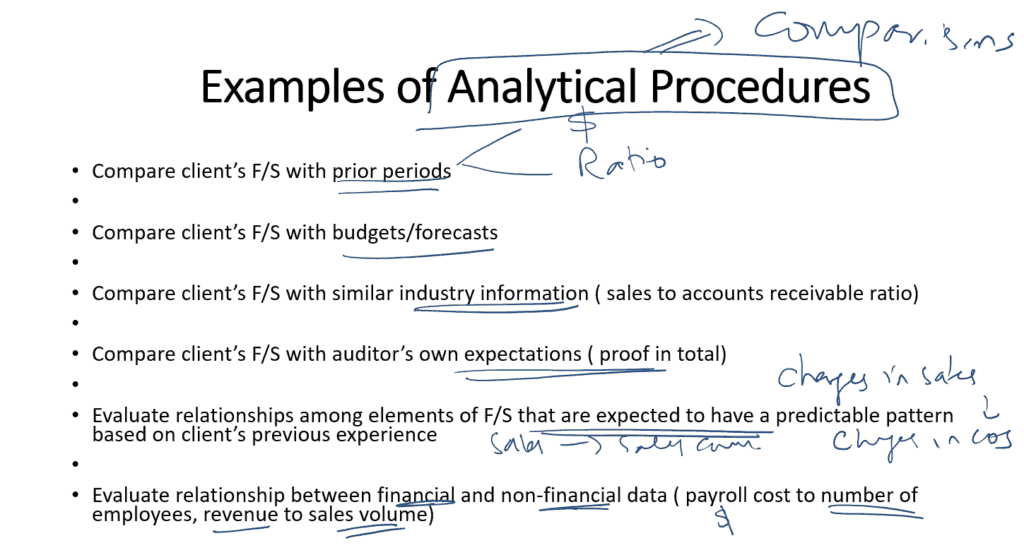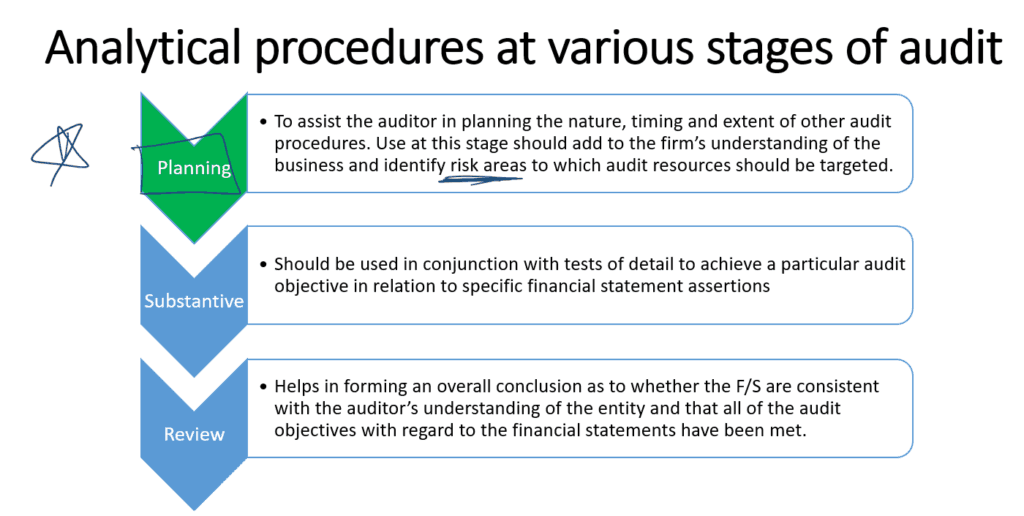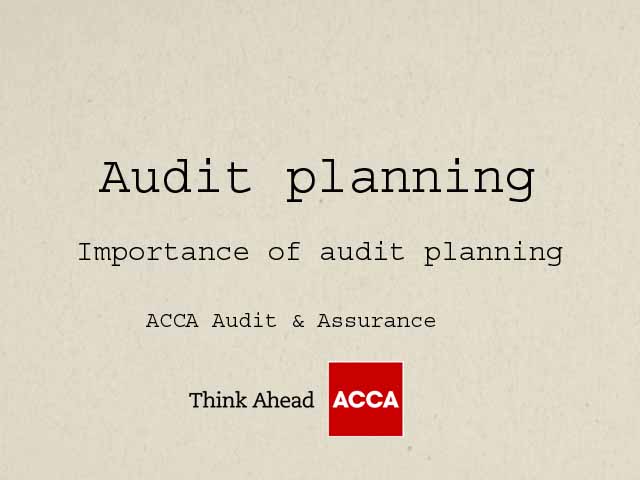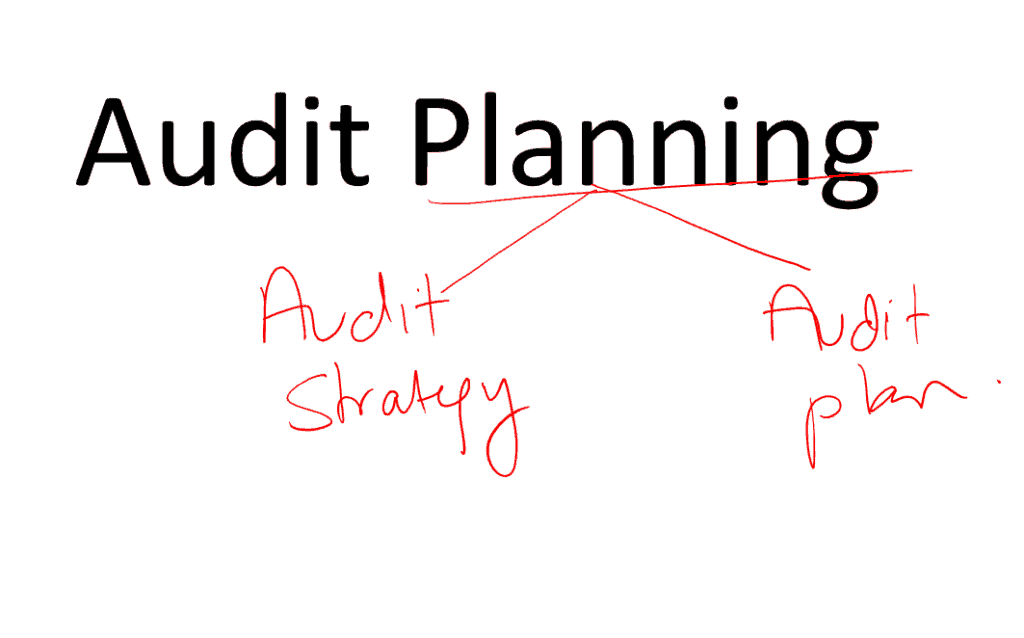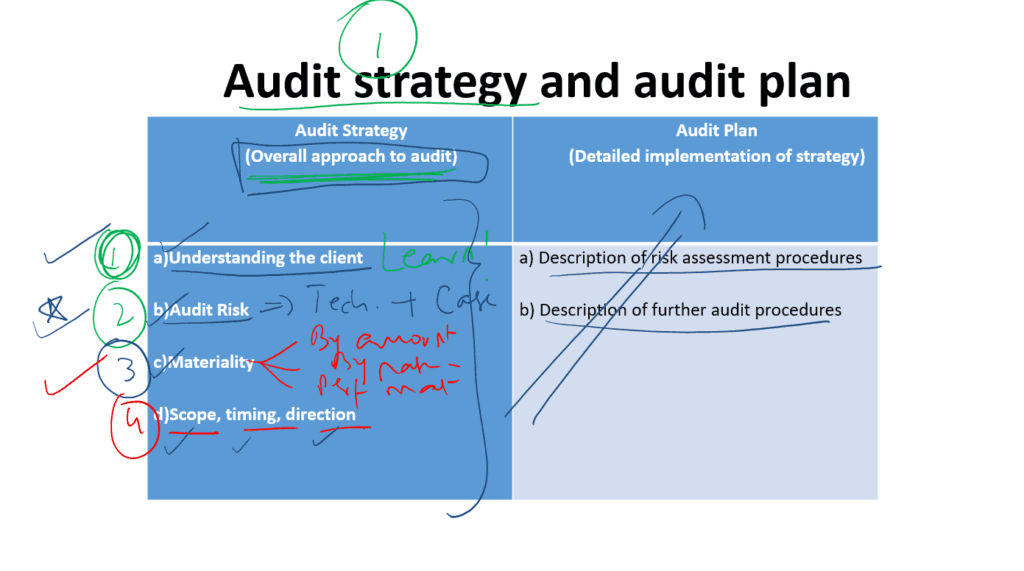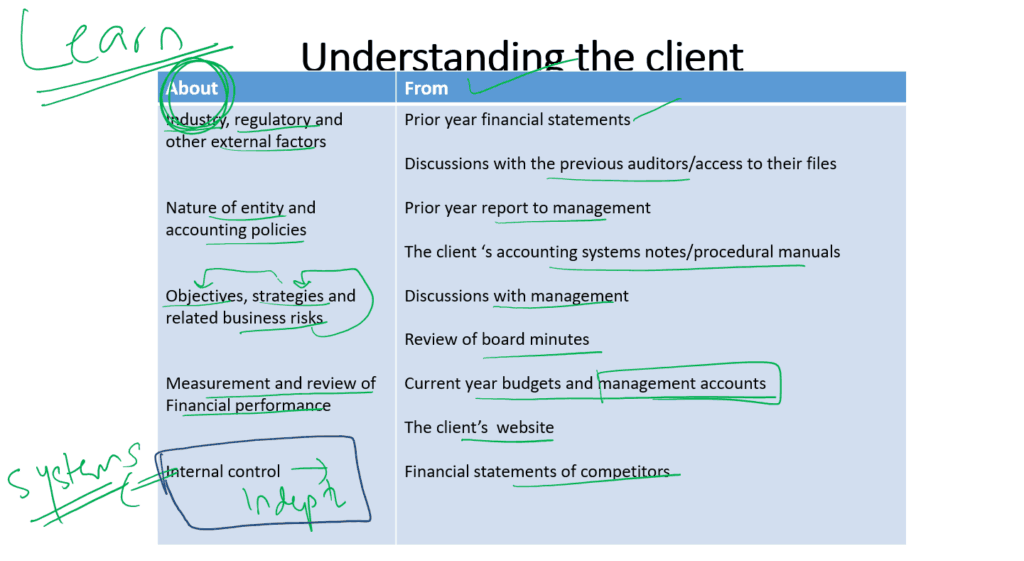Appointment Removal & Role Of An Auditor
Appointment Removal & Role Of An Auditor. an auditor is a compulsory requirement for all companies to operate in the majority all over the world. So here are a few rules…
The Auditor’s duties
Fundamental duties are to:
– An opinion that shows whether the financial statements give a true and fair view and are prepared in accordance with the applicable reporting framework
– issue an audit report.
Duty to check and ensure: Adequate accounting records, Compliance with legislation, Truth and fairness, Adequacy of financial statements disclosures
The Auditor’s Right
1. Right of access at all times to the company’s books, accounts, and vouchers.
2. The right to require from the staff of the company such information or explanations as they think necessary for the performance of their duties as auditors.
3. Right to receive all communications relating to written resolutions.
4. Right to receive all notices of, and other communications relating to, any general meeting which a member of the company is entitled to receive.
5. Right to attend any general meeting of the company.
6. Right to be heard at any general meeting in which an auditor attends on any part of the business of the meeting which concerns them as an auditor.
Appointment of auditors
Only a member of a recognized supervisory body is eligible to be appointed as an auditor. The person to be appointed as the auditor is required to hold a professional accountancy qualification.
1. Appointed by shareholders
2. The appointment of the auditor runs from the end of the Annual General Meeting (AGM) until the end of the next AGM.
3. On appointment, need to ask ‘clearance’ from the outgoing auditor
For entities in which a share is owned by the state, the auditor is appointed by the Secretary of State or Ministry of Finance (or a person authorized by the Ministry of Finance)
Removal of Auditors
1. RESIGNATION: Sometimes it is necessary for the auditors to resign. If an auditor resigns, they should do so in writing and they may wish to speak to the shareholders to explain their reasons
2. FORCED REMOVAL: Sometimes, the Board of Directors or some shareholders may wish to remove the auditors. A General Meeting must be called so that the shareholders can vote on the proposal of a new auditor (via an ordinary resolution).
3. AUDITORS DO NOT WISH TO SEEK REAPPOINTMENT: Sometimes the auditors finish the annual audit and decide they do not wish to audit the company in future years. As such, when the board asks them to accept nomination for the following year, the auditors should politely decline and issue a Statement of Circumstances.
Key points
1. Directors cannot remove the auditors themselves.
2. Auditors Can be removed by a simple majority at a general meeting.
3. The auditors should be given notice of such a meeting
4. They are allowed to speak at the general meeting
5. Deposit at the company’s registered office a statement of the circumstances connected with the removal/resignation or a statement that there are no such circumstances. They can request an Extraordinary General Meeting (EGM) of the company to explain the circumstances of the resignation.
Audit exemption for small companies
However, the main reasons for exempting small companies are:
– for owner-managed companies, those receiving the audit report are those running the company (and hence preparing the accounts!)
– the advice/value which accountants can add to a small company is more likely to concern other services, such as accounting and tax, rather than audit and which may also give rise to a conflict of interest under the ethics rules
– the impact of misstatements in the accounts of small companies is unlikely to be material to the wider economy
– it may also not be cost beneficial for the small entities.
Read More: True & Fair Presentation
Facebook


